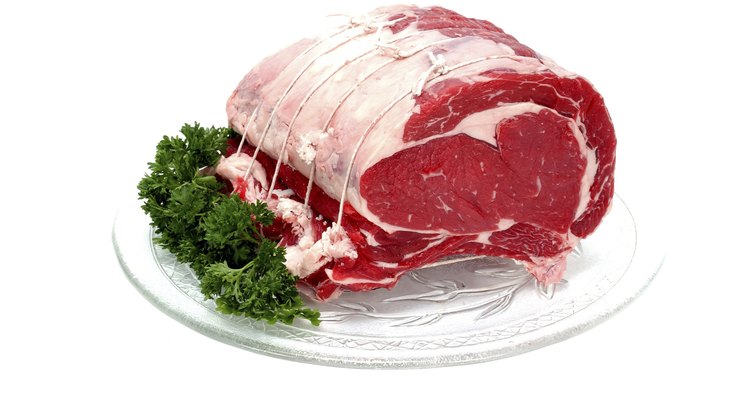
Whether it’s a beef, pork, veal or lamb roast, color changes after butchering are a normal occurrence. If the roast you plan to prepare has a brown, green or rainbow-colored tinge, keep in mind that color change alone is not a reliable indicator of spoilage. Before you throw a brown-colored roast away, give it a sniff and run your hands over the meat, checking for other signs of spoilage.
Pleasing Cherry Red
The cherry-red color that you are use to seeing when you purchase a fresh roast is the result of myoglobin and oxymyoglobin, two pigments that when combined with oxygen turn bright red. Continued exposure to oxygen and bright store lighting results in the formation of metmyoglobin, a third pigment responsible for turning the pleasing cherry-red color of the roast to a more unappealing brown. This pigment change does not necessarily mean that the roast is bad.
Spoilage Hints
Green and iridescent rainbow hues also tend to make consumers wary of the freshness of a piece meat. Iron, fats and other compounds are often benign causes for such color changes, which is why it is important to check for additional hints that may spell spoilage. If brown or other color changes are present, smell the meat to check for rancid or off odors. Fresh meat does not have an overwhelming smell. If it does, the roast may be spoiled. After smelling the meat, pick it up with your hands. Fresh meat feels moist, yet firm. If the roast feels slippery or slimy, it may be bad.
Perishably Brown
Meat is a perishable item and should always be stored at temperatures of 40 degrees Fahrenheit and below. If a roast is stored outside the refrigerator -- cooked or raw -- for two hours or more, it is no longer safe to eat, brown or not. In temperatures of 90 F and above, the same roast is no longer safe to eat after one hour. Bacteria on the meat grows to dangerous levels after this time and may cause serious foodborne illness.
In the Fridge
Roasts only keep for a short while in the refrigerator. This is because bacteria on the meat does not die during refrigeration, but merely slows. Roasts have a shelf-life of three to five days in the refrigerator. After that time, do not cook or eat the roast. Instead, throw it away. Freezing gives you a bit more leeway, keeping roasts safe to eat indefinitely because bacteria is unable to grow. Safety aside, roasts keep for four to twelve months before the quality of texture and taste begin to breakdown.
Related Articles

How to Know When Pork Roast Goes Bad

How to Know if Marinated Steak Is Bad
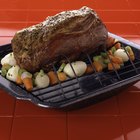
How Long Does a Pot Roast Last After It ...
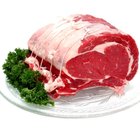
How to Marinate a Top Round Roast

How Long Should I Keep Steaks ...
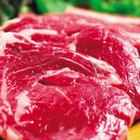
What Causes Raw Steaks to Lose Red ...

How Do I Tell If Pork Has Turned Bad?
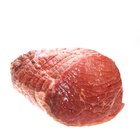
How Long After Buying a Beef Roast Is ...
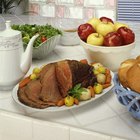
Can I Make a Roast From a Frozen State?

How to Know If Roast Beef Looks Good or ...

How to Make a Blackbuck Antelope Roast
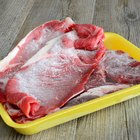
Can You Use Stew Meat That Has Been ...

How to Know if Beef Cubes Are Bad
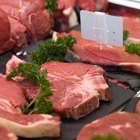
Should You Cook Raw Meat That's Gone ...
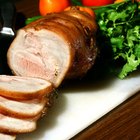
How to Store Leftover Roast Pork

How to Store Cooked Ground Beef
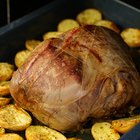
How Long Can You Freeze a Roast?
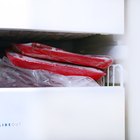
How Long Do You Keep Meat in Freezer?
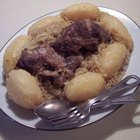
How to Cook a Boneless Sirloin Pork ...
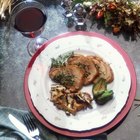
What Are the Temperatures for Slowly ...
References
- U.S. Department of Agriculture: The Color of Meat and Poultry
- U.S. Department of Agriculture: Beef From Farm to Table
- Foodsafety.gov: Storage Times for the Refrigerator and Freezer
- Foodsafety.gov: Chill Refrigerate Properly
- U.S. Food and Drug Administration: Refrigerator Thermometers: Cold Facts about Food Safety
Writer Bio
Jonae Fredericks started writing in 2007. She also has a background as a licensed cosmetologist and certified skin-care specialist. Jonae Fredericks is a certified paraeducator, presently working in the public education system.
Photo Credits
Ablestock.com/AbleStock.com/Getty Images